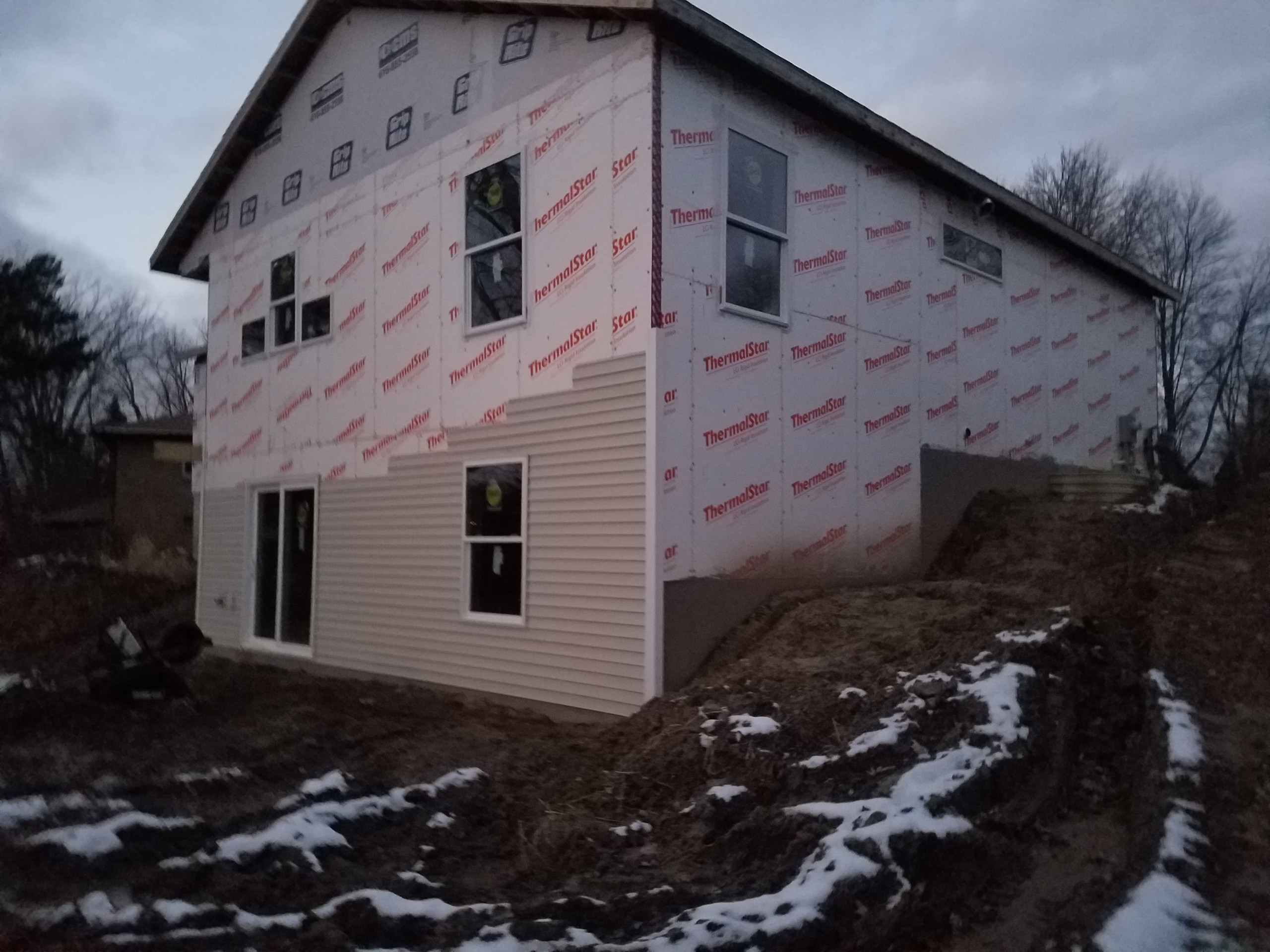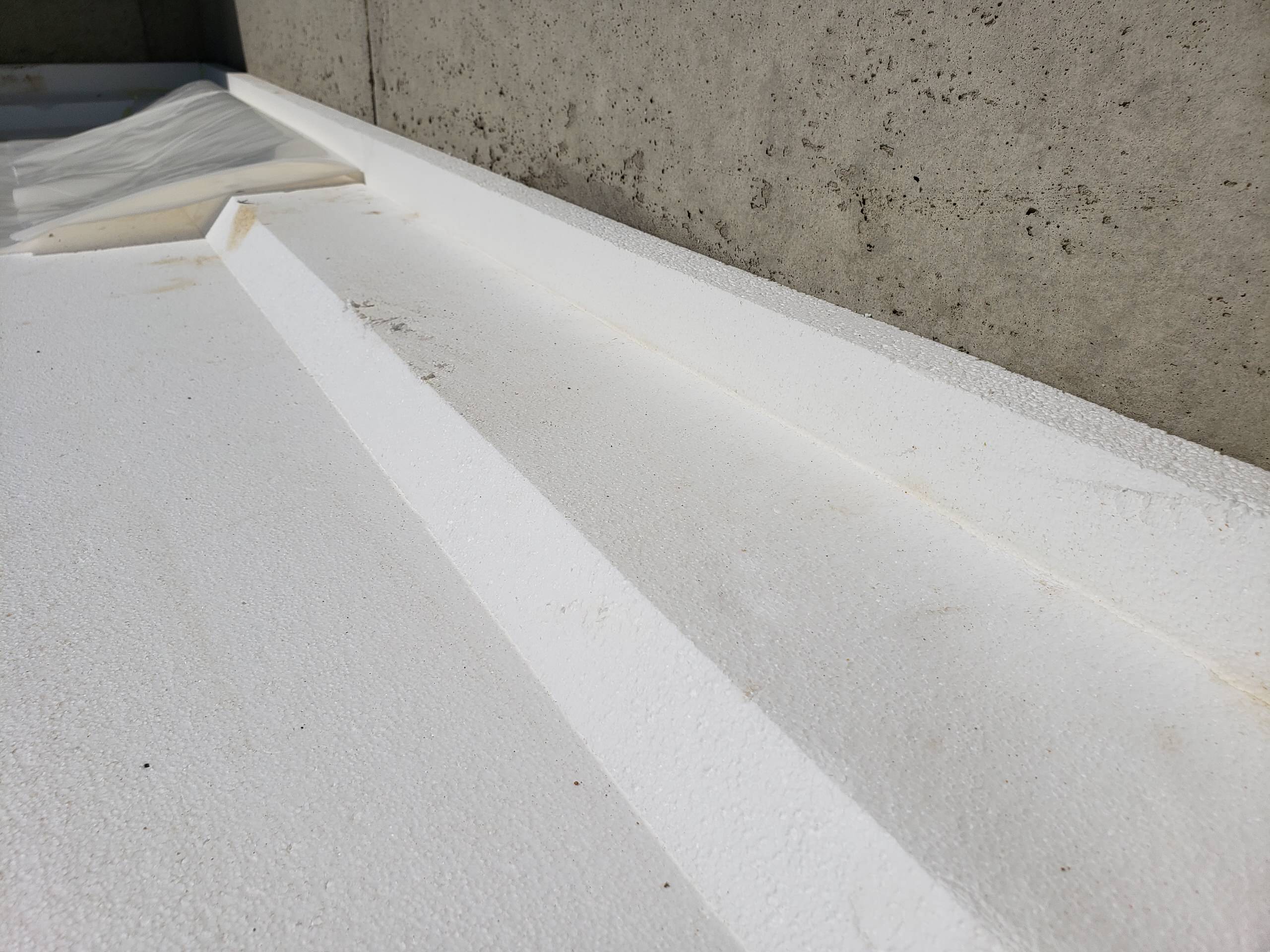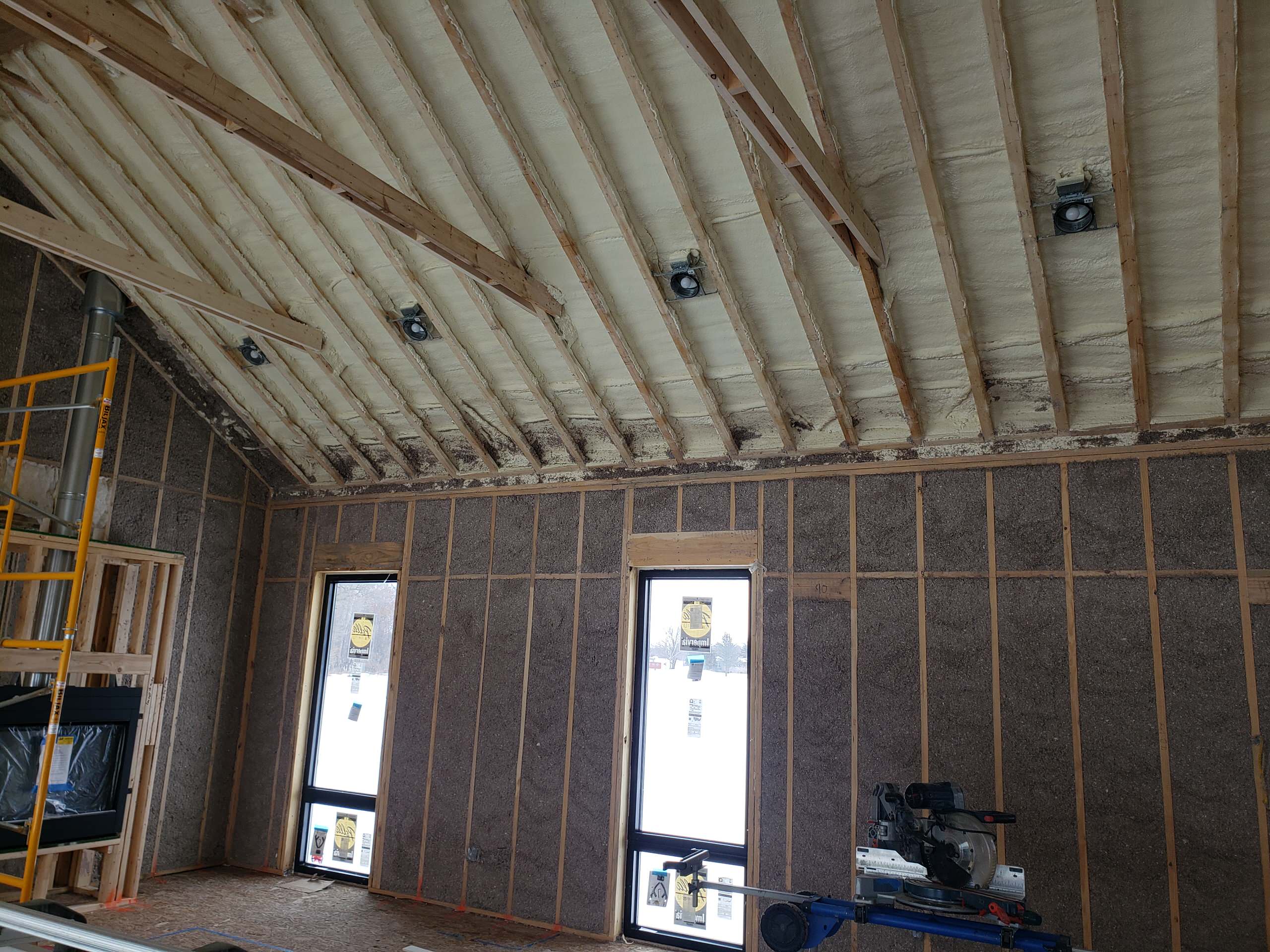


HOW TO BUILD AN ENERGY EFFICIENT HOME
Building an energy-efficient home involves incorporating various design elements and using efficient technologies to reduce energy consumption and minimize environmental impact. Here are some key steps and considerations to help you build an energy-efficient home:
SITE SELECTION AND ORIENTATION
- Choose a well-insulated site that maximizes natural resources such as sunlight and wind. Orient the main living areas to take advantage of solar gain, with south facing windows for optimal daylighting.
BUILDING ENVELOPE
- Focus on a well-insulated building envelope, which includes the walls, roof, windows, doors, and foundation. Use high-quality insulation materials, such as spray foam or rigid foam, to reduce heat transfer and minimize air leakage.
WINDOWS AND DOORS
- Install energy-efficient windows and doors with low emissivity (low-E) coatings and double or triple glazing to enhance insulation. Properly seal all gaps and cracks to prevent drafts and heat loss.
EFFICIENT HEATING AND COOLING SYSTEMS
- Choose a heating and cooling system that suits your climate and house size. Consider options like geothermal heat pumps, high-efficiency HVAC systems, or solar-powered heating and cooling. Ensure proper insulation and duct sealing to minimize energy loss.
EFFICIENT LIGHTING
- Utilize energy-efficient lighting solutions, such as LED bulbs, which consume significantly less energy and have a longer lifespan compared to traditional incandescent bulbs. Incorporate natural lighting through skylights and large windows.
APPLIANCES AND ELECTRONICS
- Select energy-efficient appliances with ENERGY STAR ratings, which consume less energy without compromising functionality. Look for efficient options for refrigerators, washing machines, dishwashers, and other electronic devices.
WATER CONSERVATION
- Install low-flow faucets, showerheads, and toilets to reduce water consumption. Consider rainwater harvesting systems and efficient irrigation techniques for outdoor water use.
RENEWABLE ENERGY SOURCES
- Incorporate renewable energy systems like solar panels or wind turbines to generate clean electricity. Evaluate the feasibility of on-site renewable energy production based on your location and budget.
SMART HOME TECHNOLOGY
- Utilize smart home systems to automate and optimize energy usage. This includes programmable thermostats, energy monitoring devices, and home automation systems that allow you to control appliances and lighting remotely.
PROPER VENTILATION
- Ensure proper ventilation to maintain indoor air quality while minimizing energy loss. Use energy recovery ventilators (ERVs) or heat recovery ventilators (HRVs) to exchange stale indoor air with fresh outdoor air while recovering the energy in the process.
INSPECTION AND CERTIFICATION
- Engage energy efficiency professionals to inspect the construction process and perform energy audits. Seek green building certifications such as LEED (Leadership in Energy and Environmental Design) or Energy Star to validate your home's energy performance.
Remember, designing an energy-efficient home requires a comprehensive approach that considers local climate, building materials, lifestyle, and budget. Collaborating with architects, builders, and energy consultants who specialize in energy-efficient construction can further enhance the effectiveness of your project.
CUSTOM HOME - HELPFUL LINKS
WHERE TO START WITH A CUSTOM HOME
When building a new home, there are several important steps you should consider, and we can work with you through every step.
HOW LONG DOES IT TAKE TO BUILD A CUSTOM HOME?
HOW MUCH DOES A KITCHEN REMODEL COST?
REINVIGORATE YOUR HOME TODAY
CONTACT USTo see more of our work, or follow our current projects,
visit our Houzz, Facebook, LinkedIn, Instagram or Yelp links below.
